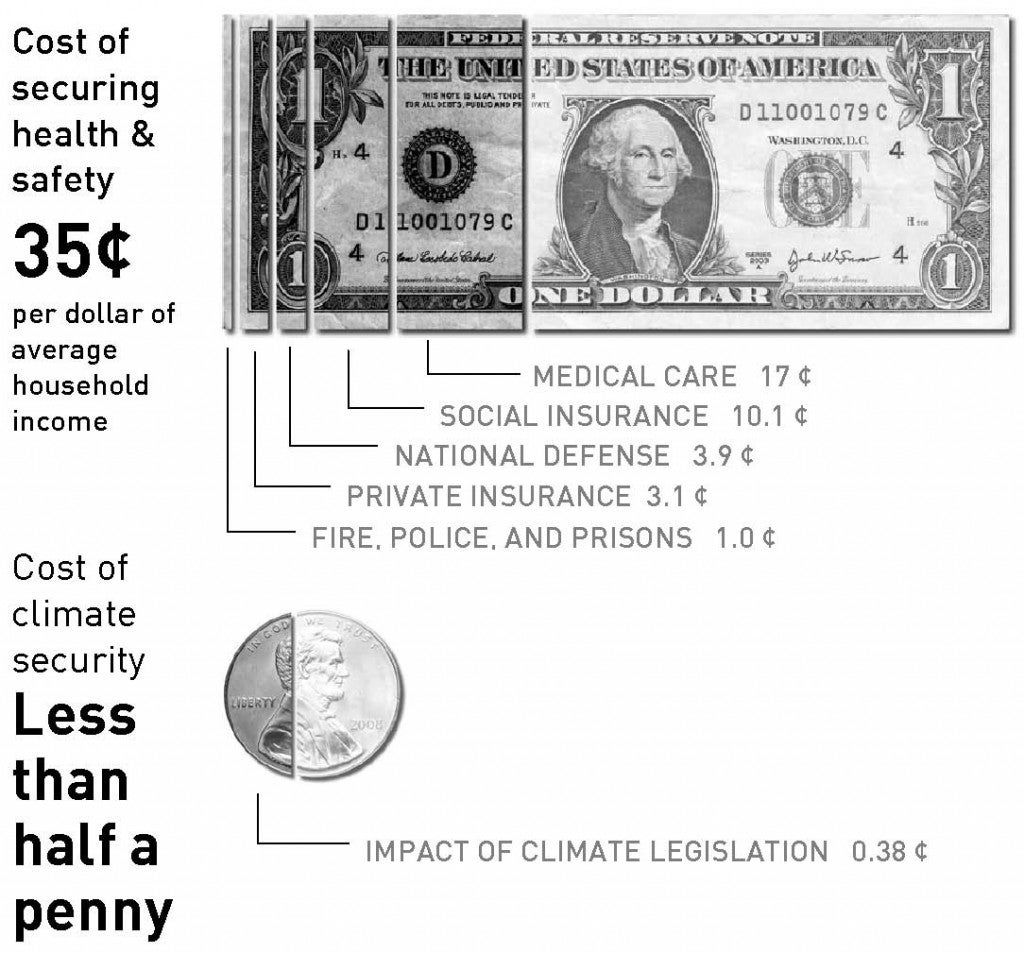When you want to find out which cars are best, you look to honest experts who do their homework – like Consumer Reports or the National Highway Traffic Safety Administration.
At EDF, we do the same thing when it comes to analyzing how the economy will fare under a carbon cap: we look at what the neutral, nonpartisan economists are saying.
In the world of economic forecasts, the honest brokers include the Environmental Protection Agency, the Energy Information Administration, the Massachusetts Institute of Technology, and the Congressional Budget Office.
In a just-released publication, EDF’s economics team looks at what these nonpartisan experts are saying about the House-passed American Clean Energy and Security Act (H.R. 2454, or ACES). As you recall, that bill would put a gradually declining cap on emissions of heat-trapping gases.
Here’s what we found: according to unbiased economic experts, if we adopt ACES, the US economy will reach $25 trillion in the spring of 2030 – just a couple of months after it would do so with no cap. In other words, we don’t have to compromise between a strong economy and a better environment. We can have both.
To help you see how tiny the impact of a cap on economic growth will be, check out this chart:
The new EDF paper builds on our analysis last year of nonpartisan studies of earlier climate bills. The new studies square up perfectly with last year’s: fighting climate change is easily affordable.
So what about those wild numbers you hear tossed around – that if we cap carbon, the economy will crater and families will go broke paying ginormous utility bills? Those numbers aren’t from these neutral, nonpartisan studies; they’re from “studies” by groups who want to kill climate legislation.
We’ve rebutted the crazy numbers elsewhere. But this brief is about real economic studies done by serious, neutral experts.
The new paper also compares the tiny costs of protecting ourselves against potentially catastrophic global warming with the much larger amounts we spend to protect ourselves in other ways – like police and fire protection, life insurance, and national defense. This chart tells the story:
There are a lot more goodies in our economists’ new report — check it out. And if you want the graduate-level course, you can learn still more about climate economics at http://www.edf.org/climatecosts.












One Comment
It was only a matter of time before the economics shifted. We are now starting to pay for the destruction we have caused. But, more important is the fact that demand for green products will only increase. Companies that do not make that shift will lose in international markets as they see the non-green market shrink.
That is one of the premises behind the new strategy at:
A Revenue-Neutral Alternative to Cap-and-Trade for Global Warming, Resource Conservation, Toxic Contaminants, Etc.
Tags: Global Warming, Cap-and-Trade Alternative Solutions, Renewable Energy, Resource Conservation, Revenue-Neutral Taxes…